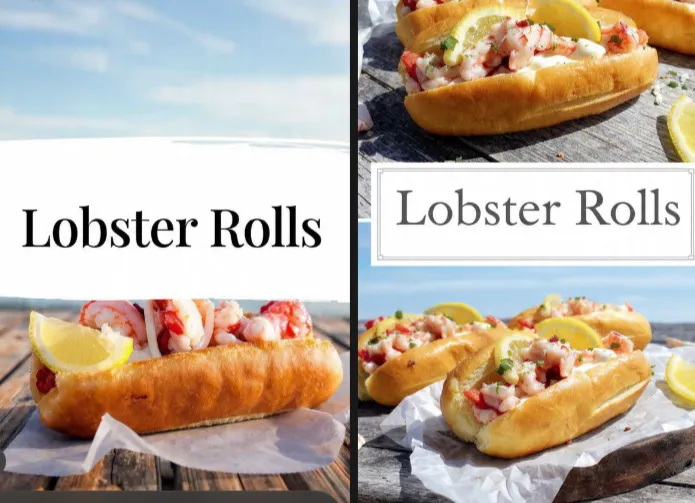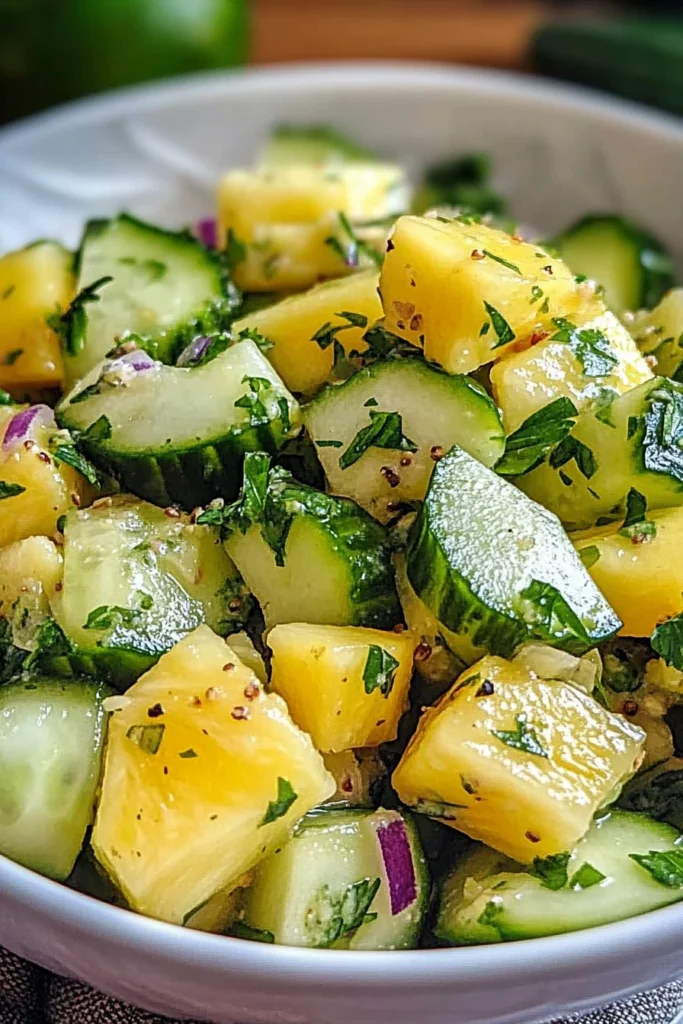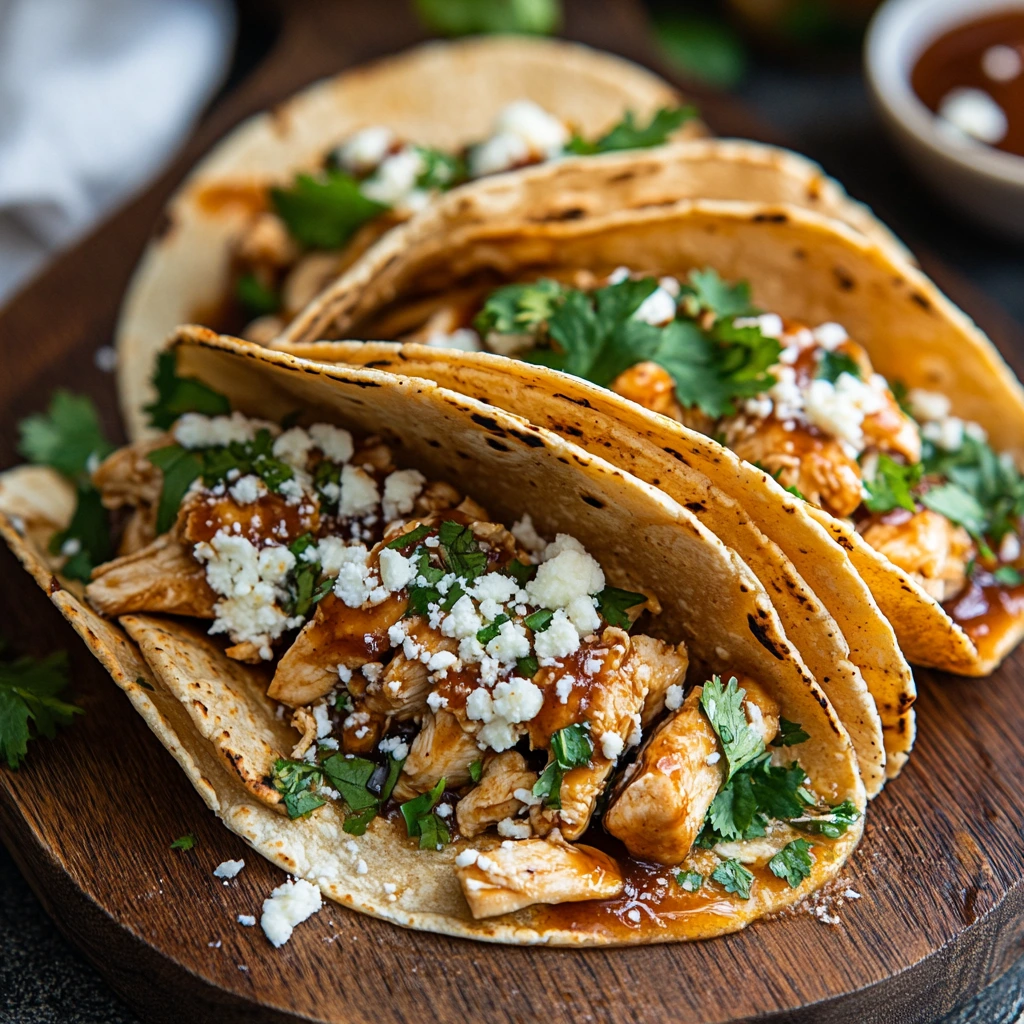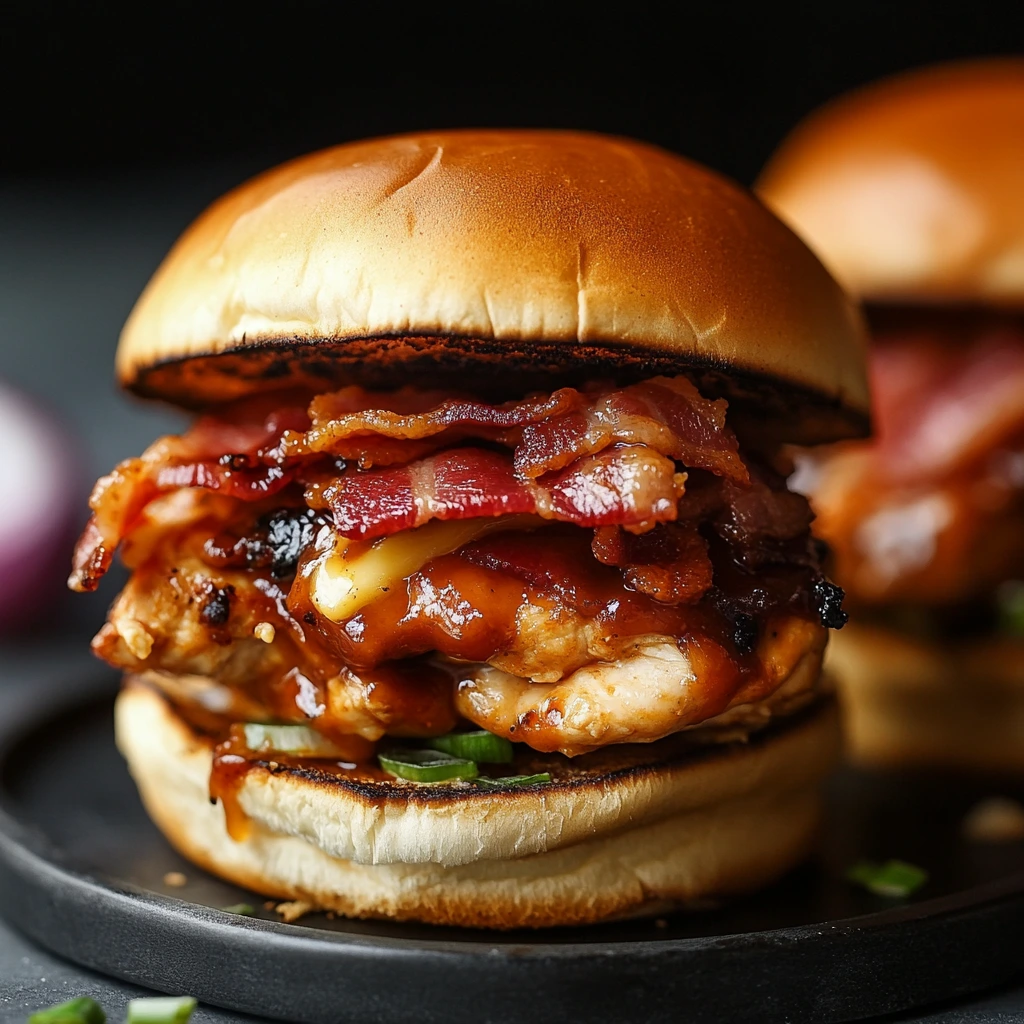Baked lobster tails with parmesan crust are the perfect combination of elegance and comfort. This dish features tender, juicy lobster meat topped with a golden crust made from butter, garlic, herbs, and Parmesan cheese. The result is a meal that’s rich, flavorful, and beautifully balanced — a true showstopper for any special occasion.
This recipe captures the essence of fine dining while remaining simple enough to prepare at home. The lobster is baked gently to preserve its tenderness, while the Parmesan crust adds a savory, slightly crisp finish. Each bite delivers a perfect balance of buttery richness, delicate seafood sweetness, and cheesy depth.
The Essence of Baked Lobster Tails with Parmesan Crust
The essence of this dish lies in the contrast between the tender lobster meat and the golden, flavorful crust. The lobster provides sweetness and delicacy, while the Parmesan topping adds richness and texture. The garlic butter base infuses the lobster with aroma and depth, creating a dish that’s both indulgent and refined.
It’s a recipe that celebrates simplicity and quality — fresh lobster, real butter, and good cheese come together to create something extraordinary.
Why This Recipe Works
This recipe works because it layers flavors and textures perfectly. The lobster is baked just long enough to stay juicy, while the Parmesan crust caramelizes into a golden topping. The garlic butter keeps the meat moist and flavorful, and the lemon juice adds brightness to balance the richness.
The result is a dish that’s elegant, satisfying, and full of flavor — perfect for holidays, date nights, or any time a touch of luxury is desired.
Ingredients and Their Roles
Lobster tails: The star of the dish, providing tender, sweet meat.
Butter: Adds richness and helps the crust adhere.
Garlic: Infuses the butter with aromatic flavor.
Parmesan cheese: Creates a golden, savory crust.
Breadcrumbs: Add crunch and texture.
Lemon juice: Brightens the flavor and balances the richness.
Parsley: Adds freshness and color.
Salt and pepper: Essential for seasoning.
Step-by-Step Recipe
Ingredients
- 4 lobster tails (about 5–6 oz each)
- ½ cup unsalted butter, melted
- 3 garlic cloves, minced
- ½ cup grated Parmesan cheese
- ¼ cup breadcrumbs (panko or regular)
- 1 tablespoon lemon juice
- 1 tablespoon chopped fresh parsley
- Salt and black pepper to taste
- Lemon wedges for serving
Preparation
- Prepare the lobster tails. Preheat the oven to 425°F (220°C). Using kitchen shears, cut down the top of each lobster shell lengthwise to the tail. Gently pull the meat upward, resting it on top of the shell while keeping it attached at the base. This allows even cooking and a beautiful presentation.
- Make the garlic butter. In a small bowl, combine melted butter, minced garlic, lemon juice, salt, and pepper. Brush the lobster meat generously with the mixture, reserving some for later.
- Prepare the Parmesan crust. In another bowl, mix Parmesan cheese, breadcrumbs, and parsley. Add a few spoonfuls of the garlic butter mixture to moisten the topping.
- Top the lobster. Spoon the Parmesan mixture evenly over each lobster tail, pressing gently to help it adhere.
- Bake. Place the lobster tails on a baking sheet lined with foil. Bake for 12–15 minutes, depending on size, until the lobster is opaque and the topping is golden brown.
- Broil for extra color. For a crispier crust, broil for 1–2 minutes at the end, watching closely to prevent burning.
- Serve. Drizzle with the remaining garlic butter, garnish with parsley, and serve with lemon wedges.
Tips for Perfect Baked Lobster Tails
- Use fresh or high-quality frozen lobster tails for the best flavor.
- Don’t overcook — lobster becomes tough if baked too long.
- Use freshly grated Parmesan for better melting and flavor.
- Add a pinch of paprika for color and mild smokiness.
- Serve immediately for the best texture and taste.
Variations and Flavor Combinations
1. Classic Parmesan Lobster
Traditional version with garlic butter and Parmesan crust.
2. Spicy Cajun Lobster
Add Cajun seasoning or chili flakes to the butter for heat.
3. Herb-Crusted Lobster
Add thyme, basil, or dill to the crust for freshness.
4. Lemon Pepper Lobster
Add extra lemon zest and cracked black pepper for brightness.
5. Truffle Parmesan Lobster
Add a drizzle of truffle oil for a luxurious twist.
6. Garlic Parmesan Lobster with Shrimp
Top with sautéed shrimp for a surf-and-surf variation.
Serving Suggestions
Baked lobster tails with Parmesan crust pair beautifully with:
- Garlic mashed potatoes or risotto.
- Steamed asparagus or green beans.
- Roasted vegetables or corn on the cob.
- A crisp green salad with vinaigrette.
- A glass of white wine such as Chardonnay or Sauvignon Blanc.
Make-Ahead and Storage
Make-ahead: The garlic butter and Parmesan topping can be prepared up to 2 days in advance and stored in the refrigerator.
Storage: Store leftover lobster meat in an airtight container in the refrigerator for up to 2 days.
Reheating: Reheat gently in the oven at 300°F for 5–7 minutes. Avoid microwaving to prevent toughness.
Freezing: Not recommended, as lobster can lose texture when thawed.
Nutritional Information (per serving)**
- Calories: 460 kcal
- Protein: 38 g
- Fat: 32 g
- Carbohydrates: 4 g
- Sugar: 0 g
The History of Baked Lobster
Lobster has long been a symbol of luxury and celebration. Once considered a humble food for fishermen, it became a delicacy as transportation and preservation improved. Baking lobster tails is a modern adaptation that brings out their natural sweetness while adding a touch of sophistication.
The addition of Parmesan crust reflects the influence of Italian and French cuisines, combining seafood with rich, savory flavors for a truly indulgent experience.
Texture and Flavor Profile
The perfect baked lobster tail with Parmesan crust offers a balance of textures and flavors. The lobster meat is tender and juicy, the crust is golden and crisp, and the garlic butter adds richness and aroma. The Parmesan provides a nutty, salty depth that complements the lobster’s sweetness.
Each bite delivers a combination of buttery, cheesy, and ocean-fresh flavors that melt in the mouth.
Common Mistakes and How to Avoid Them
Overcooking the lobster: Makes it tough. Bake just until opaque.
Using pre-grated cheese: It doesn’t melt as well. Use freshly grated Parmesan.
Skipping the broil: The crust won’t brown properly.
Not drying the lobster: Moisture prevents the topping from sticking.
Using too much butter: Can make the crust soggy.
Chef’s Tips
- Add a splash of white wine to the butter for extra depth.
- Use panko breadcrumbs for a lighter, crispier crust.
- Sprinkle sea salt flakes before serving for texture.
- Serve with drawn butter on the side for dipping.
- Garnish with microgreens or lemon zest for presentation.
Pairing Ideas
With Drinks:
- White wine like Chardonnay, Pinot Grigio, or Champagne.
- A light beer or sparkling water with lemon.
- For a non-alcoholic option, try iced tea with citrus.
With Other Dishes:
- Pair with steak for a surf-and-turf dinner.
- Serve with pasta tossed in garlic butter sauce.
- Add a side of roasted potatoes or couscous.
The Joy of Cooking Lobster at Home
Cooking lobster at home may seem intimidating, but it’s surprisingly simple. Baking is one of the easiest methods, requiring minimal equipment and time. The key is to use fresh ingredients and pay attention to timing. The reward is a restaurant-quality meal that feels special and indulgent.
It’s a dish that turns any dinner into an occasion, perfect for impressing guests or treating yourself.
The Science of Baking Lobster
Baking uses gentle, even heat to cook lobster tails without drying them out. The butter helps conduct heat evenly and keeps the meat moist. The Parmesan crust caramelizes under the heat, creating a flavorful, golden topping.
Timing is crucial — even a minute too long can overcook the delicate meat.
Presentation and Finishing Touches
For an elegant presentation, serve the lobster tails on a platter with lemon wedges and a drizzle of melted butter. Garnish with chopped parsley or chives for color.
For a restaurant-style touch, serve with a small bowl of garlic butter for dipping and a sprinkle of paprika for color contrast.
Modern Variations
- Keto Lobster Tails: Use almond flour instead of breadcrumbs.
- Low-Fat Version: Use olive oil instead of butter.
- Vegan Alternative: Replace lobster with hearts of palm or king oyster mushrooms and use vegan cheese.
- Mediterranean Lobster: Add oregano, lemon zest, and feta cheese.
- Smoky Lobster: Add smoked paprika or chipotle powder to the crust.
The Perfect Dinner
Baked lobster tails with Parmesan crust are the perfect dinner for any special occasion. They’re quick to prepare, elegant to serve, and bursting with flavor. Whether paired with steak, pasta, or vegetables, they bring a touch of luxury to any meal.
It’s a dish that proves that fine dining doesn’t have to be complicated — just fresh ingredients, simple techniques, and a touch of care.
The Cultural Influence of Lobster
Lobster has become a symbol of celebration and indulgence in many cultures. From New England lobster bakes to French butter-poached lobster, it’s a dish that transcends borders. The baked lobster tail with Parmesan crust is a modern classic that combines the freshness of coastal cuisine with the richness of European flavors.
The Role of Parmesan and Butter
Parmesan and butter are the heart of this dish. The butter keeps the lobster moist and flavorful, while the Parmesan adds a savory, nutty crust. Together, they create a balance of richness and texture that elevates the lobster’s natural sweetness.
The Perfect Bite
The perfect bite of baked lobster tail with Parmesan crust combines tender, buttery meat with a crisp, cheesy topping. It’s rich yet balanced, indulgent yet refined — a bite that captures the essence of coastal luxury.
Conclusion
Baked lobster tails with Parmesan crust are a celebration of flavor, texture, and elegance. With their tender meat, golden crust, and buttery aroma, they’re a dish that feels both luxurious and approachable.
Easy to prepare yet impressive to serve, they’re perfect for any occasion. This recipe proves that with a few quality ingredients and a touch of care, you can create a meal that’s both indulgent and unforgettable — a true seafood masterpiece.







